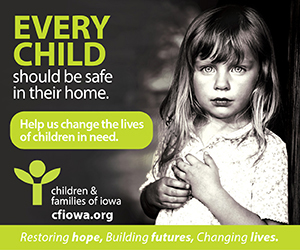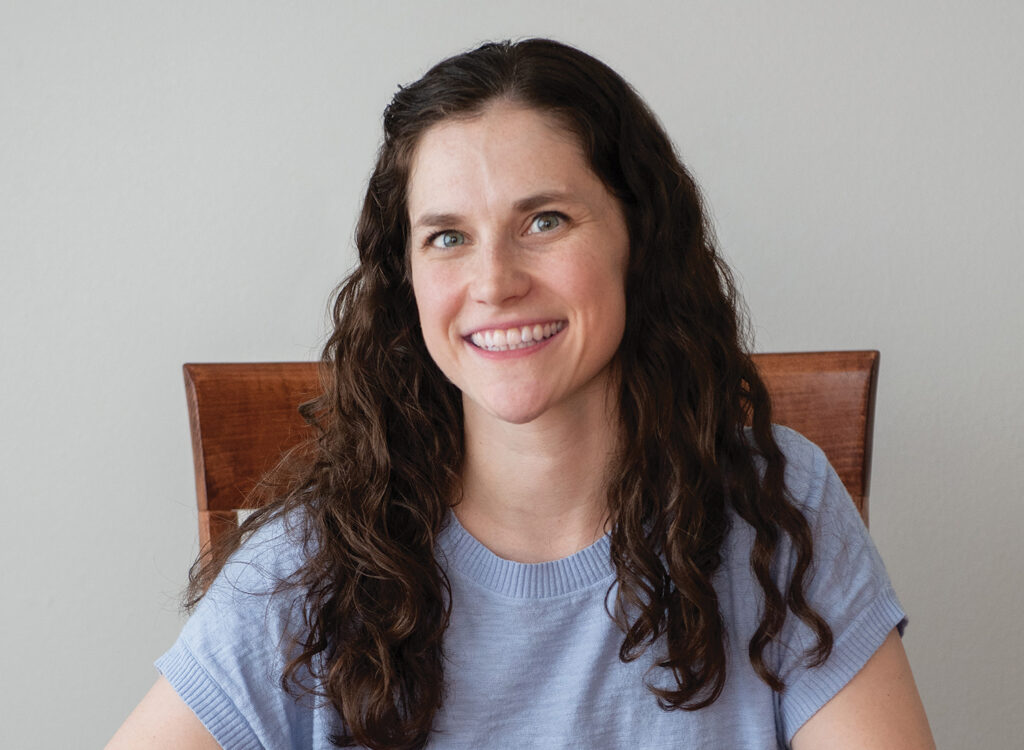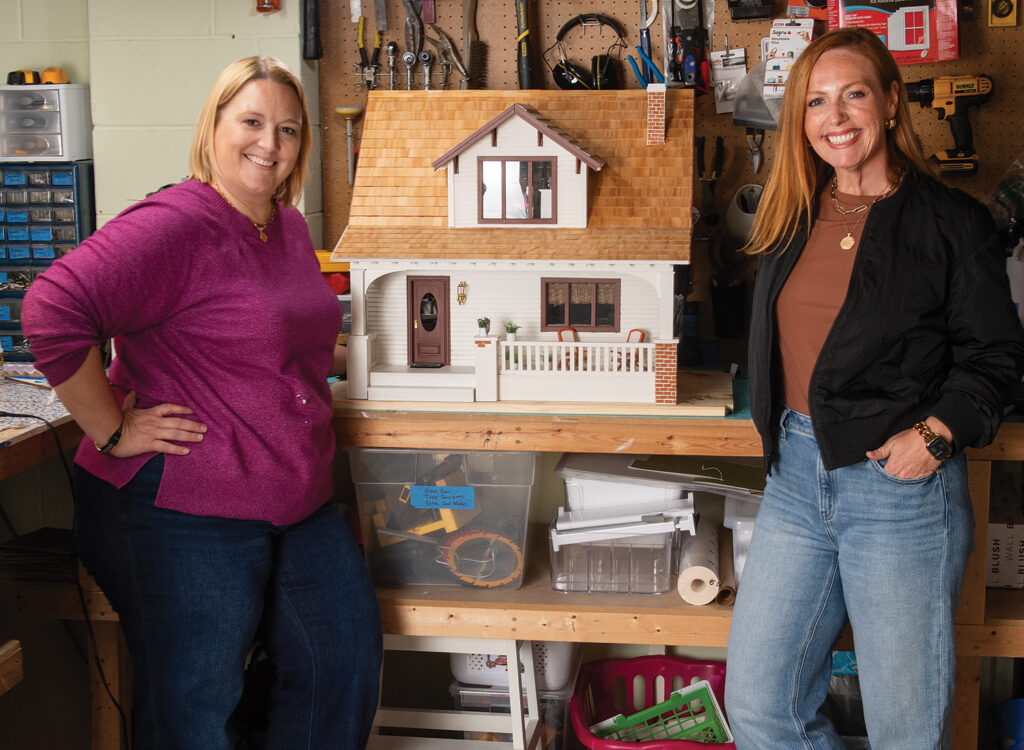Multiagency project began with a chance meeting

JOE GARDYASZ Jun 9, 2015 | 1:00 pm
2 min read time
547 wordsBusiness Record Insider, Health and Wellness
A project that began with an in-flight discussion between the heads of two social services agencies has blossomed into a project involving more than a half-dozen social services agencies and all three Greater Des Moines hospitals as well as the city of Des Moines and the Des Moines Public Schools.
Polk County Housing Trust Fund Executive Director Eric Burmeister was on a return flight to Des Moines from Washington, D.C., and was seated next to Suzanne Mineck, president of Mid Iowa Health Foundation.
“We started talking about how we could integrate Mid Iowa Health Foundation and Polk County Housing Trust Fund, how we could integrate them in a pilot project to meld the missions of the two organizations,” Burmeister said. Then, about six months ago, Polk County Health Director Rick Kozin phoned Mineck to tell her they should get together to talk about a new national grant program called BUILD Challenge.
The strong relationships between the social services agencies, the hospitals and housing providers in Greater Des Moines make such a collaboration possible, Kozin said. “Because there is such a strong culture of collaboration in this community that crosses sectors, there are opportunities to test these ideas that might not occur in other communities,” he said.
Visiting Nurse Services will provide initial assessments of families identified by the hospitals, while the Polk County Health Department will conduct housing assessments. The Polk County Housing Trust Fund will provide remediation for the properties, and Mid Iowa Health Foundation will make up any funding support that can’t be provided by other agencies, Burmeister said.
Dr. David Swieskowski, CEO of Mercy Accountable Care Organization and Mercy’s coordinator on the project, said a similar bid to reduce emergency department visits of children with asthma led by the American Lung Association several years ago was successful, but the effort couldn’t be sustained financially. That project focused on getting families to take their children to a family doctor for preventive care rather than waiting for a crisis and going to the ER.
“We had a very significant reduction in ER visits,” he said. “It showed that you could have an impact. We’ve never worked with the housing aspect, and that may be a root cause. It’s things like old carpeting that should be removed. … It makes a lot of sense that it will work.”
The results will be easily quantifiable in terms of reduced emergency department visits, Burmeister said. “If we can see a reduction in that, we can pretty clearly put a number on that in savings. What we’ll never be able to put a number on is the improvement in the life of a patient. We’ll be looking at the schools as well for improvement in absence rates — we expect to see an improvement there as well.”
Burmeister said the program has sufficient funds for the pilot project for the first two years, but the challenge will be to sustain the program, or potentially to expand it if it proves successful.
“If it turns out after year one that it is such a huge improvement that it becomes almost criminal to withhold it from the rest of the community, that’s where it’s a game changer for the funding,” he said.










